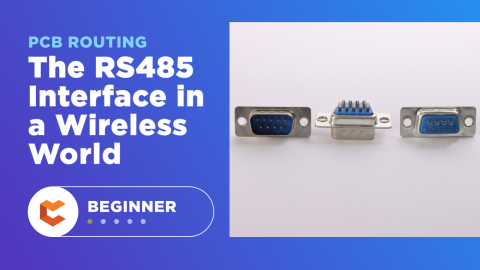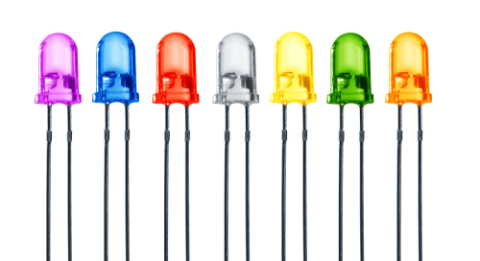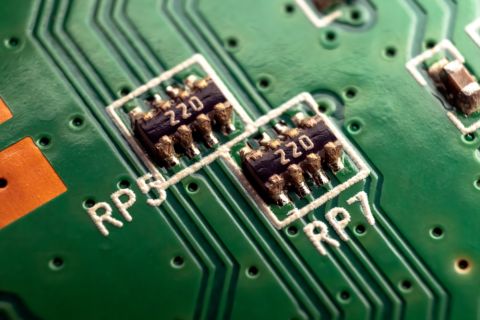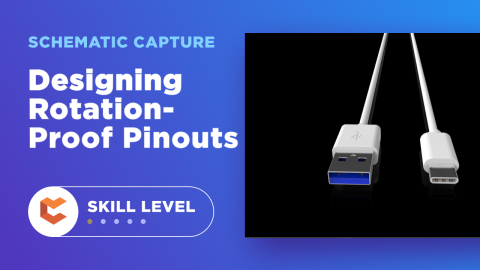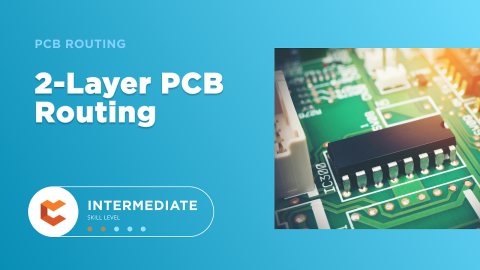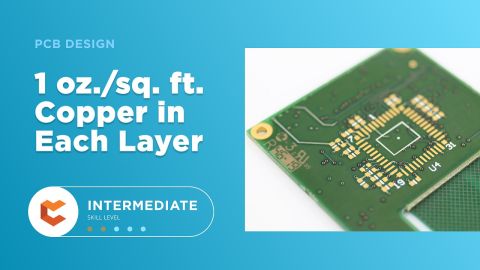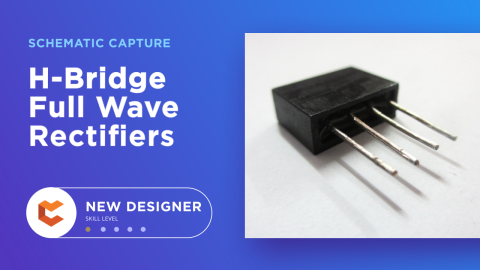All About PCB-Mount Transformers

AC to DC power conversion starts with a deceptively simple device: the transformer. These components use magnetic induction to transfer power between two coils without requiring a direct mechanical connection by varying the current in one of the coils. There are many types of transformers that can be mounted to your case/chassis, or directly to your PCB. In this article, we’ll look at some of the PCB transformer options you’ll find available that can give you high isolation when used in power conversion in your PCB.
Another important point to consider is how to select PCB-mount transformers for use in your new design. PCB-mount transformers come in a range of sizes, being packaged as either small SMD components for low or large mechanically-mounted through-hole components for high-power handling. We’ll look at some of the important transformer specifications to consider when using these components in different types of power regulation systems.
Overview of PCB-Mount Transformers
Transformers generally consist of two physically separated coils that are inductively coupled through the magnetic field, which is incident between the primary and secondary coils. A PCB-mount transformer is designed to be integrated into your board alongside other components (digital section, power conditioning, etc.) in order to provide power transfer between two circuits. The important point here is that power transfer occurs between coils while keeping the two sides of the transformer isolated. The input side of the board, which could present a safety hazard to the user, is isolated from the output side. This need for isolation is an important specification we’ll discuss below.
Real transformers do not always use the type of simple structure shown in some diagrams, where a square magnetic core is wrapped with coils to provide magnetic coupling. Instead, the coil and core design could be somewhat complex, involving laminated, core-shell, or stacked topologies. If you’re a board designer, you normally only worry about the inductive coupling strength through the core as well as isolation as these specifications will determine the power conversion efficiency as well as the level of isolation across the coils.

Main PCB-Mount Transformer Specifications
The main challenge faced in using a PCB transformer in any circuit is the selection of the right transformer that ensures highly efficient power conversion while meeting some minimum power handling specifications. As for mounting on a PCB, we also have to consider the mounting style, size of the transformer, and z-axis span as a few components for PCB transformer identification selection. Some of the main specifications are shown below:
Primary and secondary ratings - As the name suggests, this specifies the voltage and current limits at the primary and secondary coils. You’ll start by choosing a transformer based on the required voltage, then you’ll need to design to ensure you stick below the transformer’s current limit as defined at the input and output coils.
Power rating and efficiency - Refers to the power that a transformer can handle. Your transformer might only specify a DC power rating; this is a resistive power rating, so keep that in mind when looking at a datasheet as the reactive power rating could be different and will be defined at a specific frequency. Efficiency is also often specified as a DC value and under certain conditions (i.e., full current).
Form factor - This can be a deciding factor in the choice of the transformer as space might be limited. PCB-mount transformer selection is often driven by board size or enclosure constraints. These transformers can sit high on the board, which makes them prone to vibration.
Mounting style (SMT vs. through-hole) - SMT transformers will have a flat bottom surface with pins on the outer body so the component can be soldered onto a PCB in transformers. Through-hole transformers have long pins so that they can provide a strong connection to the board that can withstand vibration and thermal shock.
Cooling mechanism - As these components are meant to be mounted on PCBs, they usually do not come packaged with any kind of cooling mechanism, something which is important in high power conversion and power handling generally. Instead, the manufacturer will provide a maximum input/output power rating such that the required temperature stays below some safe value. The main cooling mechanism is through conduction into the packaging and eventually into the PCB. Probably the only exception to this is PCB-mounted planar transformers, which have a flat surface on the packaging for mounting or integrating a heat sink.
Inductance - This is more important in switching DC-DC conversion applications, such as in a flyback converter or an LLC resonant converter. For AC-DC applications, the inductance will determine the coupling strength to the secondary component, but you would normally simply look at the power handling ratings and the conversion efficiency.
Should You Design Your Own Transformer or Inductor?
I sometimes see this question asked as designers might want to build a custom power conversion component that can step down to a non-standard voltage. The simple answer is “yes”, but this is not something you should do on your own. Due to regulatory and safety requirements placed on power magnetics, you would want to work with a PCB-mount transformer manufacturer to design and obtain custom components. The better route is to choose an off-the-shelf transformer that hits your specs, and then use a regulator on the output so you can hit your desired output voltage.
Even if you’re working with a transformer manufacturer, you won’t get to specify the materials or processes used to produce the circuit board transformer. Each manufacturer has a specific process and material set they will use to produce a component that can pass UL safety approvals. The ability to pass these approvals is very important for ensuring your design will be safe enough to operate without risk of fire or shock, as well as to eventually sell on the open market.

Whenever you’re working with PCB transformer identification and power systems, safety should be top-of-mind in your design. Even after you’ve obtained a custom transformer that uses a UL-approved insulation system, you’ll want to work with your manufacturer or a testing lab to ensure your finished PCBA will also pass UL testing. If you can select circuit board transformers properly and implement some best practices for power systems, you’re more likely to successfully build a safe, high-efficiency power system.
When you’re designing a compact isolated power supply, you’ll need to select a PCB-mount transformer you can use in your PCB design software. When you’ve found the board-mount transformer that will work best in your design, use the PCB design tools in CircuitMaker to prepare your schematics and your PCB layout. All CircuitMaker users can create schematics, PCB layouts, and manufacturing documentation needed to move a design from idea to production. Users also have access to a personal workspace on the Altium 365™ platform, where they can upload and store design data in the cloud, and easily view projects via a web browser in a secure platform.
Start using CircuitMaker today and stay tuned for the new CircuitMaker Pro from Altium.


